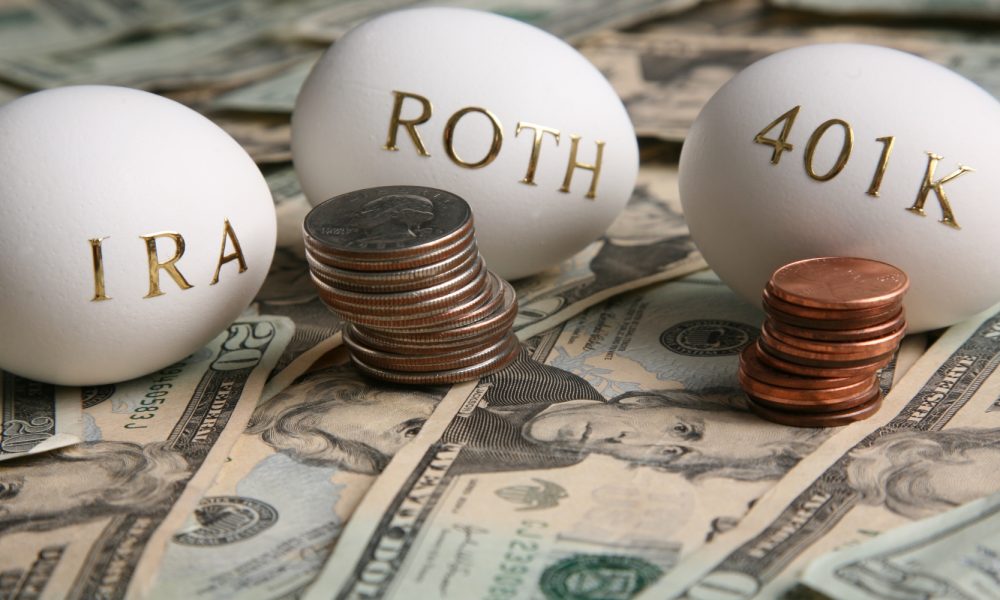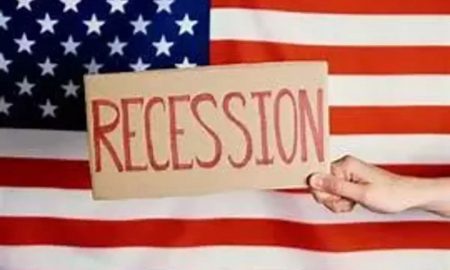
Four of the Best Retirement Plan Choices Available

Walking around in the labyrinth of retirement plans is sure to usher in all kinds of headaches in your golden years. What you earn during your halcyon days of employment must bolster the comfort of retirement in your old age. Rather than panicking and searching for the perfect plan at the last minute, going through the options beforehand will help you make the right choice according to your needs. This perspicacious foresight helps you save more, spend less effort to achieve a safe nest egg, and set out the right amount to the right savings pockets.
 Each type of retirement plan has its limitations — some on the yearly amount you may contribute and others on the modified adjusted gross income. You also find variations in the treatment of tax withdrawals in connection with the age at which you may take money without penalty. A comparison of the various plans will help you decide the best option available to you.
Each type of retirement plan has its limitations — some on the yearly amount you may contribute and others on the modified adjusted gross income. You also find variations in the treatment of tax withdrawals in connection with the age at which you may take money without penalty. A comparison of the various plans will help you decide the best option available to you.
Individual Retirement Accounts (IRAs)
The IRA is a good option for those who wish to make investments in various instruments such as mutual funds, bonds, stocks, or ETFs. This tax-favored choice allows you to make the investment decision (unless you hire someone to do it for you) and is especially useful for those who do not have a retirement plan from their employer. Also, those who have maxed out their contributions of 401(k) can use this method for investing in retirement.
The limit for 2019 in this plan is $6,000 unless you are fifty years or older — in which case, it becomes $7,000. You remain exempted from paying tax on investment gains which means you keep the money that accrues in the investment. Many taxpayers reduce the taxable income for the year by deducting IRA contributions when they don’t use a 401(k) retirement account.
But there is a shortcoming. As long as you don’t touch the money you invest, everything is fine. If you try to withdraw money before you turn 59 and a half years old, you might need to pay a penalty fee of 10% as it is with 401(k).
401(k) Retirement Plan
This is a workplace account for a comfortable retirement. If you pick tax-deferred investments out of your pre-tax salary, the yearly tax you pay will reduce in proportion. Put $10,000 of your $70,000 earnings in 401(k), and you need to pay tax only on $60,000. Again, the investment gain is not taxed unless you wish to withdraw it before you become 59 and a half years old.
 A few of these plans offer 401(k) loans to help you tide over an emergency. Though not all employers follow it, a few of them match the contribution from their employees, making it a convivial situation all around. This would typically amount to 6% but might place restrictions on the employee. For one, you cannot leave the company for a specified period, and if you do, you will get the contribution from the employer to take with you.
A few of these plans offer 401(k) loans to help you tide over an emergency. Though not all employers follow it, a few of them match the contribution from their employees, making it a convivial situation all around. This would typically amount to 6% but might place restrictions on the employee. For one, you cannot leave the company for a specified period, and if you do, you will get the contribution from the employer to take with you.
The yearly contribution limit imposed by the IRS is generous compared to other plans. Employees get to invest up to $19,000 for the year. For those who are fifty years or older, the limit goes up to $25,000. Other related accounts that offer similar services are 403(b) for non-profit workers and educators and 457(b) for employees in the government.
Roth IRA Retirement Plan
If one uses the money for which one has paid the tax, it is never taxed again. This reifies your investment by consolidating it, and you might also withdraw contributions that you have made before retirement age without any penalty. Traditional IRA and 401(k) users must make withdrawals once they pass 70 and a half years of age. In Roth IRA, it is not necessary.
If you think your investment will increase and you need a good place to invest this extra cash, Roth IRA is the niche you want. You can have a traditional IRA, along with a Roth IRA plan, as long as the total investment in both combined doesn’t exceed $6,000 for the year.
Roth 401(k) Retirement Plan
 This is a new account type offered through employers that combines features of both 401(k) and Roth IRA. You use funds from after-tax salary as with Roth IRA so that contributions and earnings are free from further taxation. But you have to remain in this plan for five years or more. The shortcoming with this is that your Modified Adjusted Gross Income (MAGI) cannot go beyond a point, and if they do, they get prohibited entirely. Phase-out begins at $122,000 if you are single with the limit of $137,000. For married people, the joint returns cannot exceed $203,000.
This is a new account type offered through employers that combines features of both 401(k) and Roth IRA. You use funds from after-tax salary as with Roth IRA so that contributions and earnings are free from further taxation. But you have to remain in this plan for five years or more. The shortcoming with this is that your Modified Adjusted Gross Income (MAGI) cannot go beyond a point, and if they do, they get prohibited entirely. Phase-out begins at $122,000 if you are single with the limit of $137,000. For married people, the joint returns cannot exceed $203,000.
When it comes to your retirement, it is absolutely essential to properly plan and carefully choose which option suits your needs and wants beforehand. Take your pick!
More in Business & Finance
-
`
Curious About Travis Kelce’s Net Worth? Here’s the Scoop!
Travis Kelce’s name echoes through NFL stadiums, synonymous with athletic prowess and electrifying plays. But beyond his touchdown celebrations and record-breaking...
June 10, 2024 -
`
Everything You Need to Know About an Assumable Mortgage
What is an Assumable Mortgage? Whether you are a buyer or a seller, understanding the concept of assumable mortgages can open...
June 6, 2024 -
`
Layoff vs. Fired – Understanding the Crucial Differences
When it comes to job loss, understanding the distinction between being layoff vs. fired is crucial. While both situations result in...
May 30, 2024 -
`
When Are Business Taxes Due 2024? Essential Dates and Deadlines
Tax deadlines can be daunting, but fear not! Let’s break down everything you need to know to stay on top of...
May 22, 2024 -
`
How Much Does Jeff Bezos Make Per Hour? It’s More Than You Think!
Jeff Bezos, a name synonymous with innovation and wealth, stands as one of the world’s richest individuals. While Bernard Arnault and...
May 16, 2024 -
`
What is Portfolio Investment Entity (PIE) and How Can it Benefit You?
In the intricate world of finance, individuals seek avenues to optimize their investments while minimizing risks. One such avenue gaining traction...
May 9, 2024 -
`
What is a Bank Statement? Understanding its Definitions, Benefits, and Prerequisites
Ever wondered where your money goes? A bank statement is like a financial report card, giving you a clear picture of...
April 30, 2024 -
`
Branded Content: A Genuine Way to Connect With Your Audience
Have you ever binge-watched a series on Netflix, only to later realize that the beverage everyone’s sipping on is that brand...
April 23, 2024 -
`
What Car Does Jeff Bezos Drive? Find Out Inside His Exclusive $20 Million Collection
Have you ever wondered what car does Jeff Bezos drive? This man’s tastes in vehicles are as expansive as his business...
April 17, 2024















You must be logged in to post a comment Login